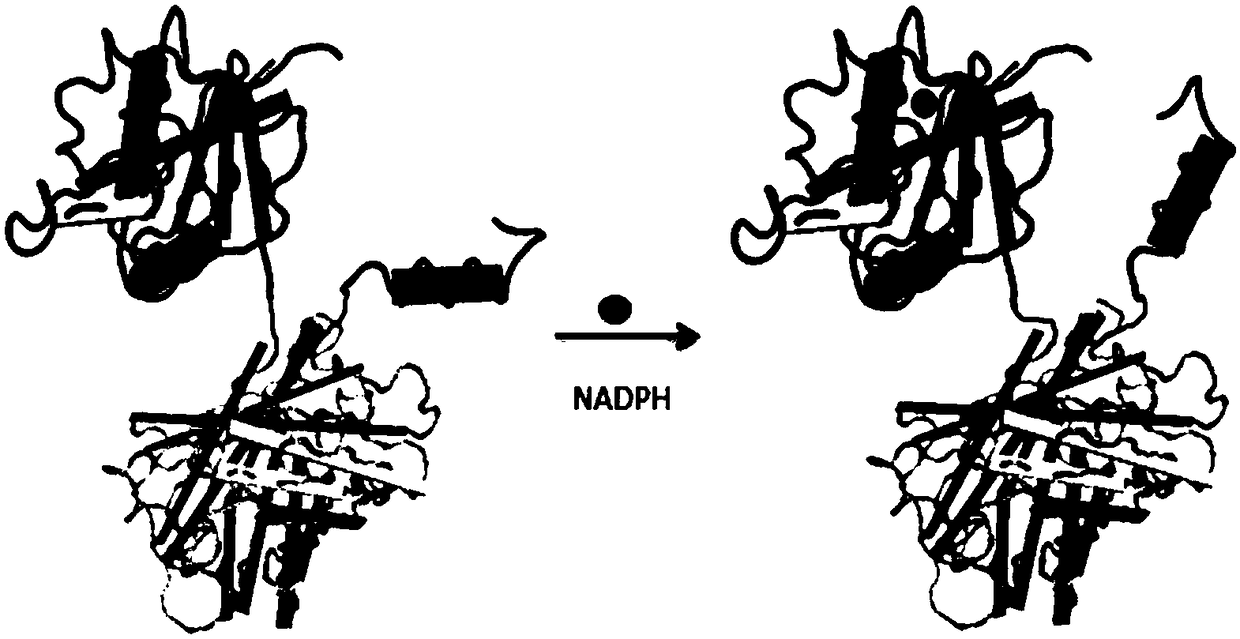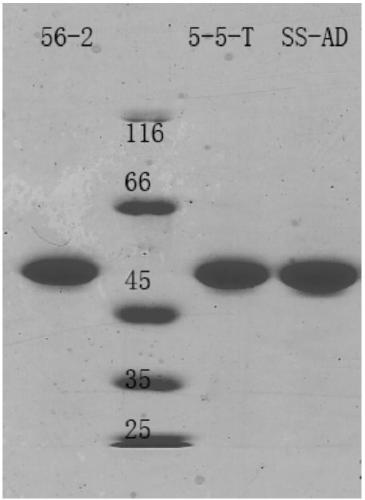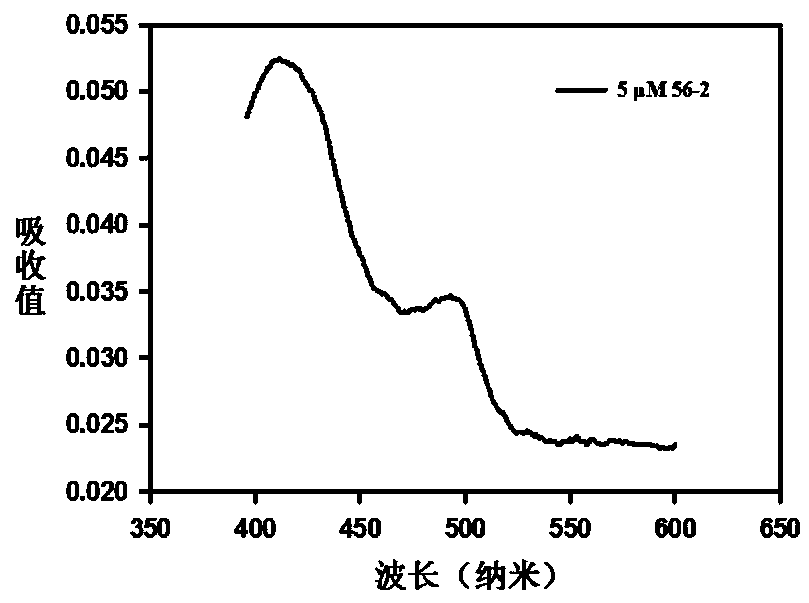Gene-encoded nicotinamide adenine dinucleotide phosphate fluorescent probe and its preparation method and application
A fluorescent probe, gene-encoded technology, applied in biochemical equipment and methods, fluorescence/phosphorescence, chemical instruments and methods, etc., can solve the problems of weak penetration, poor sensitivity, and inability to detect NADPH
- Summary
- Abstract
- Description
- Claims
- Application Information
AI Technical Summary
Problems solved by technology
Method used
Image
Examples
Embodiment Construction
[0073] I. Definition:
[0074] As used herein, the term "about" when a value or range is given means that the value or range is within 20%, within 10%, and within 5% of the given value or range.
[0075] As used herein, the terms "comprising", "comprising" and their equivalents include the meanings of "containing" and "consisting of", for example a composition "comprising" X may consist solely of X or may contain other substances, such as X+ Y.
[0076] In the present invention, the term "Rex protein" refers to a regulatory protein (encoded by the ydih gene) widely present in Gram-positive bacteria and sensitive to bacterial redox potential, with a molecular weight of 23kDa, which can regulate fermentation and anaerobic respiration. The "T-Rex protein" in this technology is derived from Thermus aquaticus, and they contain a typical Rossmann domain, which can bind the cofactor NAD(H) and its analogues. Rex protein can sense cytoplasmic NADH / NAD + During the dynamic change o...
PUM
| Property | Measurement | Unit |
|---|---|---|
| molecular weight | aaaaa | aaaaa |
| molecular weight | aaaaa | aaaaa |
Abstract
Description
Claims
Application Information
 Login to View More
Login to View More - R&D
- Intellectual Property
- Life Sciences
- Materials
- Tech Scout
- Unparalleled Data Quality
- Higher Quality Content
- 60% Fewer Hallucinations
Browse by: Latest US Patents, China's latest patents, Technical Efficacy Thesaurus, Application Domain, Technology Topic, Popular Technical Reports.
© 2025 PatSnap. All rights reserved.Legal|Privacy policy|Modern Slavery Act Transparency Statement|Sitemap|About US| Contact US: help@patsnap.com



